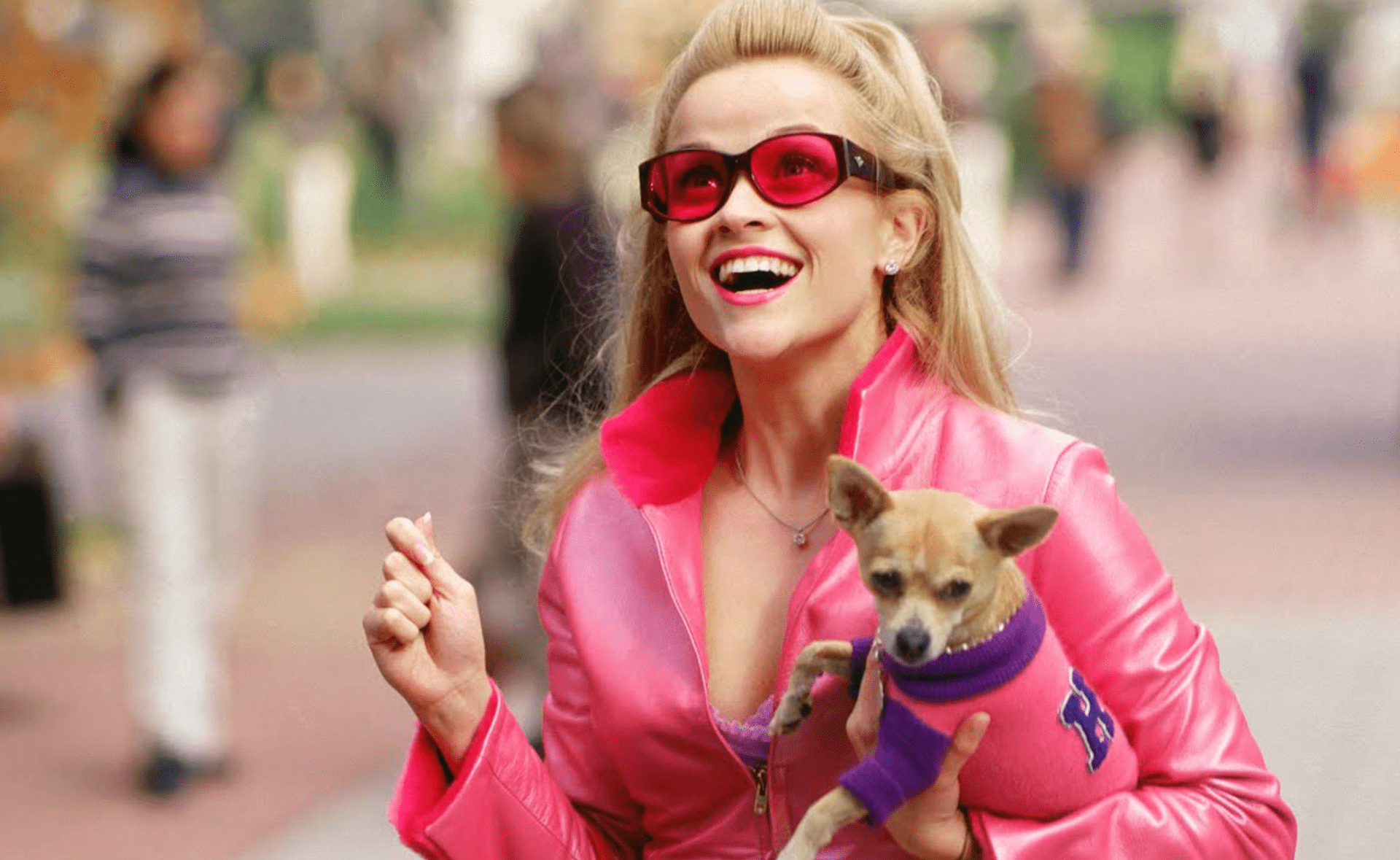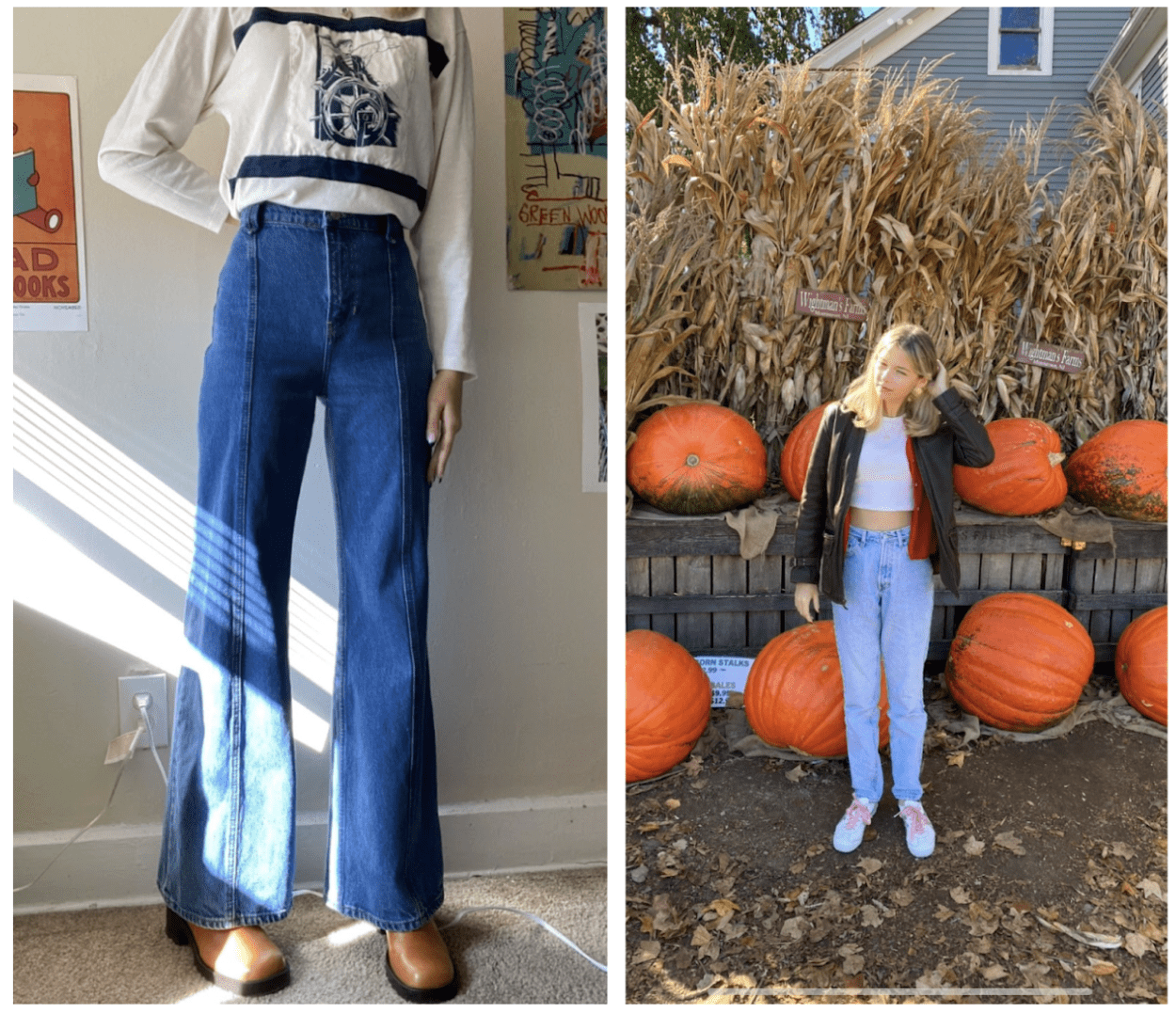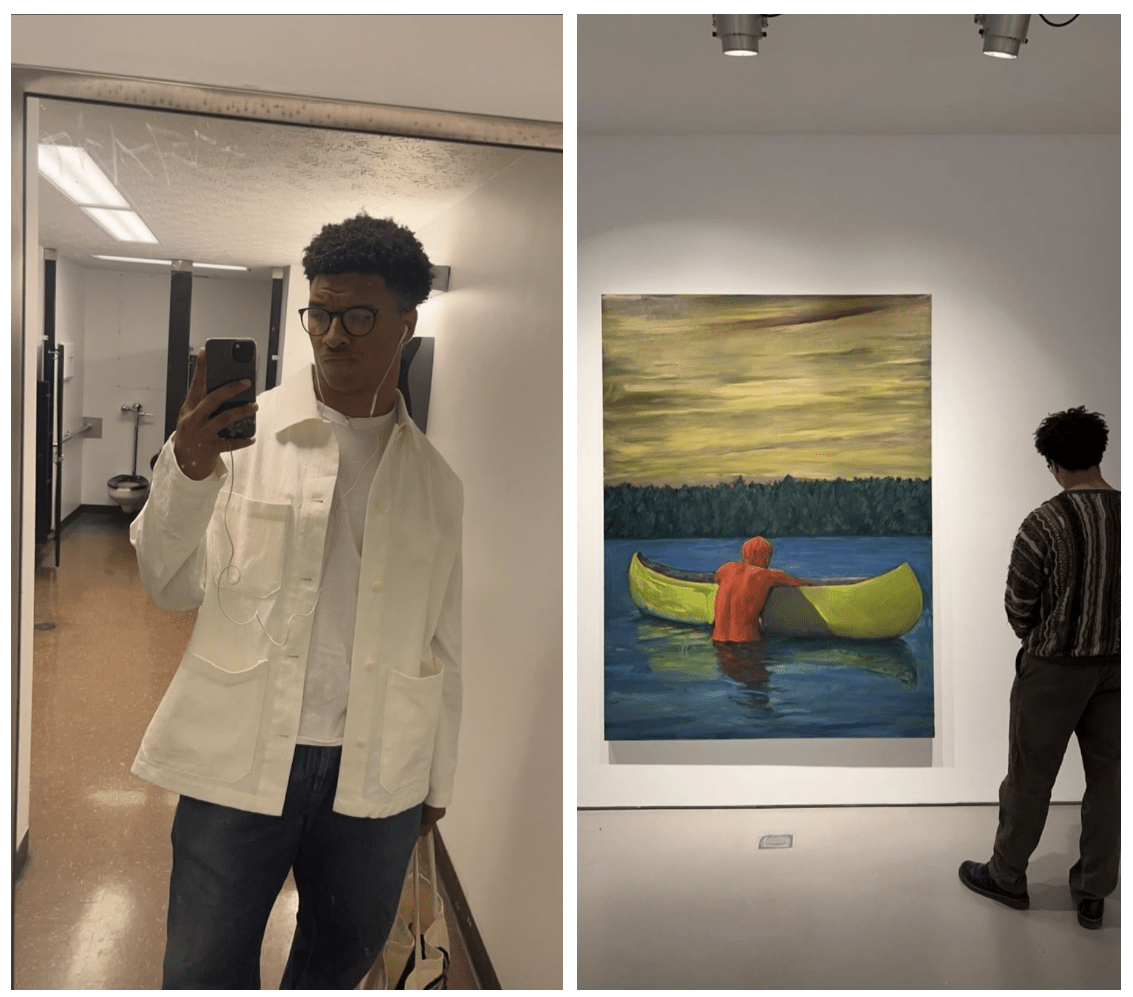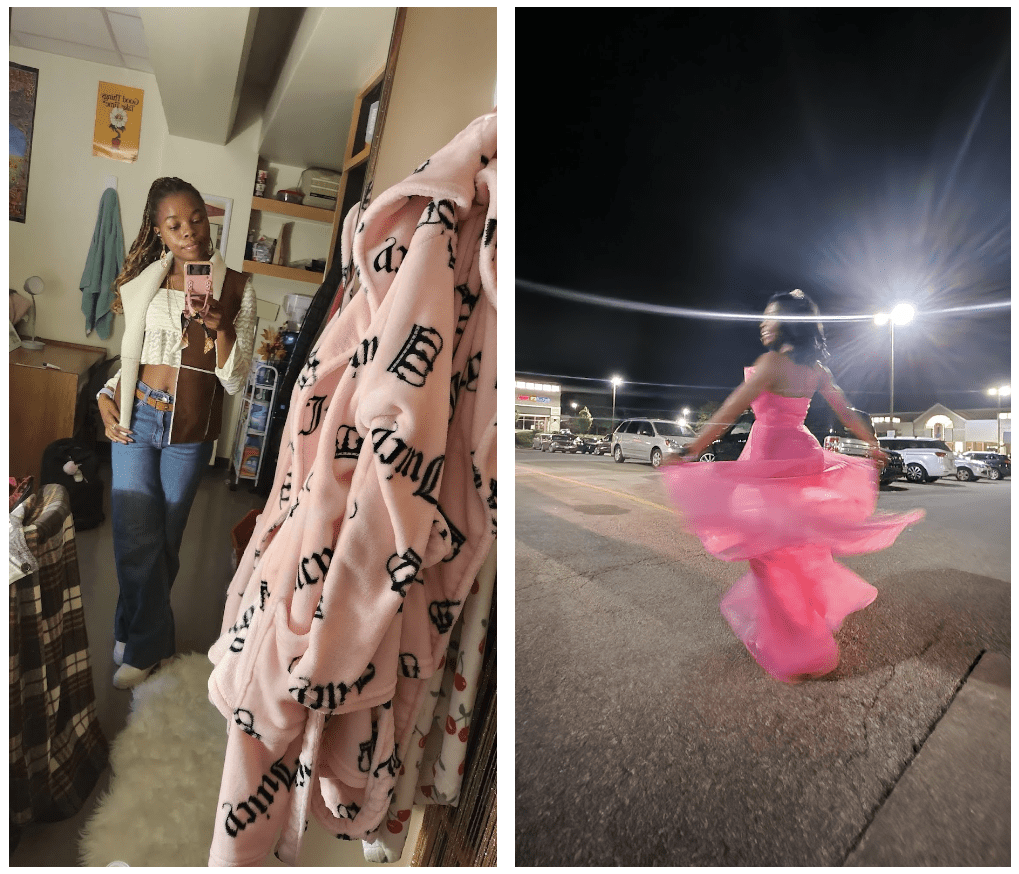
An Analysis of Autumn: The Black Sheep of Seasons

As the leaves fall and the temperature drops, our wardrobes may experience an identity crisis. It’s too warm to wear a jacket, but too cold to not wear a long-sleeved shirt, hence the creation of the “shacket.”
The shacket is the marriage of a shirt and jacket, providing just enough warmth against the cool breeze but doesn’t suffocate the person wearing it. Just like a shacket, autumn creates a bridge between seasons.
Autumn is the season of ever-changing colors and therefore ever-changing clothes. The unpredictability of the season warrants creations such as the shacket and the need for more versatile pieces.
Fall is often bound by four colors; orange, red, yellow and brown, reflecting the colors of the falling leaves as brighter tones are swapped out for more muted ones.
However, a question can be raised by this observation. What warrants our desire to wear these colors during the season?
The color orange signifies warmth and optimism, which allows us to welcome autumn with positivity.
Orange can elicit a broad spectrum of hues. From bright orange to burnt orange, the color has a lot of variety to offer.
Additionally, pumpkins are orange, so the acclaimed mascot of fall is well-represented throughout the season.

Red seems to be the second most popular color of the season, as it offers a vibrant, yet mysterious undertone.
The color red signifies joy and passion, the perfect combination for fall’s proceeding season, winter.
Since fall fashion can elicit more muted tones, red adds the right splash of color to any outfit.
The color yellow signifies happiness and marks the end of summer and the beginning of fall. During fall, yellow is often worn in softer hues such as mustard or amber.
With the conclusion of Daylight Savings Time, yellow reintroduces feelings of contentment during the season.
Lastly, Brown represents warmth and earthiness, which captures the cozy feeling of fall.
Brown tends to be at the bottom of the totem pole when it comes to color. While some shades of brown are not the most exciting, the right shades of brown can elevate an outfit to the next level.
The color brown can serve as either an accent color or the base of an outfit and also serves as the perfect color to sport a monochrome look.
Brown is not too harsh on the eyes, it is not bright or attention-calling, and although it is the lesser of the favorites, brown aids a fall color palette perfectly.
Fall wardrobes certainly favor these four colors, although they are not limited to only these four. Other common fall colors include cream, burgundy and darker hues of green.
Autumn is a unique season with respect to color, as the other three seasons tend to employ brighter colors, fall is darker and cozier.
Summer is notorious for bright yellows, whites and turquoise, shades of color that match the energy of the sun’s beaming heat.

Winter is best known for its iconic wine red and evergreen green combination, due to the fact that Christmas seems to dominate the entire season, not leaving much room for other colors. However, lighter shades of blue and white tend to be popular during the snowy season.
Spring, like summer, elicits brighter hues. Spring is different in the sense that the colors are bright, but not overpowering. The shades worn in spring tend to be pink, light green and canary yellow, pastel shades of summer colors.
Additionally, each season has its own holidays and days of recognition that seem to be absent from fall.
Independence Day and summer vacations govern the summer, with celebrations seeming to last the entire season.
Winter contains almost too many holidays, with Christmas, New Year, Hanukkah, Kwanzaa, Lunar New Year, Valentine’s Day and St. Patrick’s Day, that seem to take over the season.
Spring welcomes Easter and Memorial Day and autumn, of course, has Halloween, the Day of the Dead and Thanksgiving.
Other than these few events, the season doesn’t have much more to offer other than a dreadful shift in weather and the impending doom of midterms at the end of the semester.
Regardless of these circumstances, autumn is emerging as a favorite in terms of fashion and overall aesthetic.













